Ridovaki are lamellar mushrooms that have a huge number of species. Among them are listed in the Red Book, edible and poisonous. Today, these mushrooms are often undeservedly ignored.
This is partly due to the similarity of species, as a result of which novice mushroom pickers are afraid to collect them, being afraid not to recognize the poisonous double. But having studied the photo and description of row mushrooms, it is quite possible to understand which species can be eaten and boldly go on a quiet hunt for a healthy forest delicacy.
Content
- 1 Characteristic features of the variety
- 2 Types and their description with photos
- 3 Terms and conditions of collection
- 4 Differences from false, inedible mushrooms
- 5 Useful properties and restrictions for use
- 6 Symptoms of poisoning and first aid
- 7 Recipes and cooking features
- 8 Answers to Common Questions
Characteristic features of the variety
The mushrooms of the rowing look differently, depending on the species. However, there are common signs of the species.
Appearance and photo
The hat of a young fruiting body may take the form of a ball, cone or bell. Over time, it straightens out and becomes flat, sometimes with a tubercle in the center. The diameter also varies from 3 to 20 cm. The edges of the cap are flat, turned inward, curved outward, wavy.
The peel of the cap may be dry, mucous, fibrous or scaly. Color changes from pure white to shades of yellow, red, brown and green.
Under the hat there are plates that are tightly fused with the leg. The spore layer is white, but with age the fungus becomes brown. The pinkish-brown leg varies in height from 3 to 10 cm. Under the hat on the leg there may be a defined white area or the remains of the bedspread in the form of a fibrous ring.
Species differences and structure
The main species differences:
- have a hat-and-leg structure;
- hats change with age;
- lamellar, plates adhered to the pedicle;
- most species have a floury smell;
- myco-formers;
- grow in rows or circles.
Habitat
Tricholomas are common in the Northern Hemisphere; they grow in both coniferous and mixed forests. Often form mycorrhiza with pine. Larch, fir or spruce for symbiosis is chosen less often.
The harvesting time for this type of mushroom is mainly the end of summer - autumn. You can find them right up to the first frost. But some species can be found in the spring. They grow both individually and in groups, form long rows or rings.
Edible or inedible
Ryadovka has about 100 species, among them there are edible, conditionally edible and inedible representatives.
Types and their description with photos
The most common edible species are:
- Ryadovka Violet (Lilopod). A distinctive feature is the lilac-violet shade of a fairly large hat. The dense pulp on the cut is also a purple hue. It has a pleasant unusual floral scent that is not destroyed during processing and sets off any dish.
- Poplar rowing. Belongs to taste in the 3rd category. The hat is conical and rounded at a young age. Color varies in yellow shades. Has a sticky layer. The pulp is white and dense.
- Gray row. It got its name due to its color.Cracks appear on the smooth surface of the cap with age. The cut may have a yellowish or grayish color. The smell is powdery, and the taste is pleasant.
Venomous ranks are of the following types:
- Tiger. It stands out with a silver-gray tint of a hat with gray scales all over its diameter. In the center is a black tubercle. The main danger of this double is a pleasant smell. Causes severe poisoning within 15 minutes after ingestion.
- White. It has a hat with curved edges at a young age, then, with age, they straighten. The skin is dry. Smooth, white color. It is easy to distinguish by smell, the flesh has a musty soapy smell.
Terms and conditions of collection
The rules for picking mushrooms are the same for all edible varieties. So that the autumn gifts of the forest bring only benefits, you must adhere to such tips:
- Do not collect in the city, near highways or near natural dumps.
- Do not pluck damaged, wormy, or very old specimens. They can be poisoned.
- If an edible mushroom grows next to a poisonous one, then you should not put it in a basket. Also, if a poisonous mushroom was found in a basket, then it is advisable to discard the entire crop that was in the neighborhood.
- Search for forest gifts with a thin wand, carefully pushing the needles. This will protect the fruiting bodies from damage, and the mushroom picker - from poisoning by mushrooms, the toxins of which penetrate even through the skin (for example, pale toadstool).
- If some assembled specimen did not fit, then you should not crush it, just prick it on a branch so that it ripens and sows spores.
- Before taking children to the forest, it is necessary to conduct a briefing and explain that you should not eat anything torn in the forest.
Differences from false, inedible mushrooms
Rowers have a large number of dangerous doubles:
- Ryadovka gray has a poisonous double with a striped hat. The inedible specimen has a more conical hat, and young mushrooms are more streaky.
- The scaly appearance is important not to be confused with the cow row. In the latter, the flesh is bitter, and the scale of the cap is more pronounced.
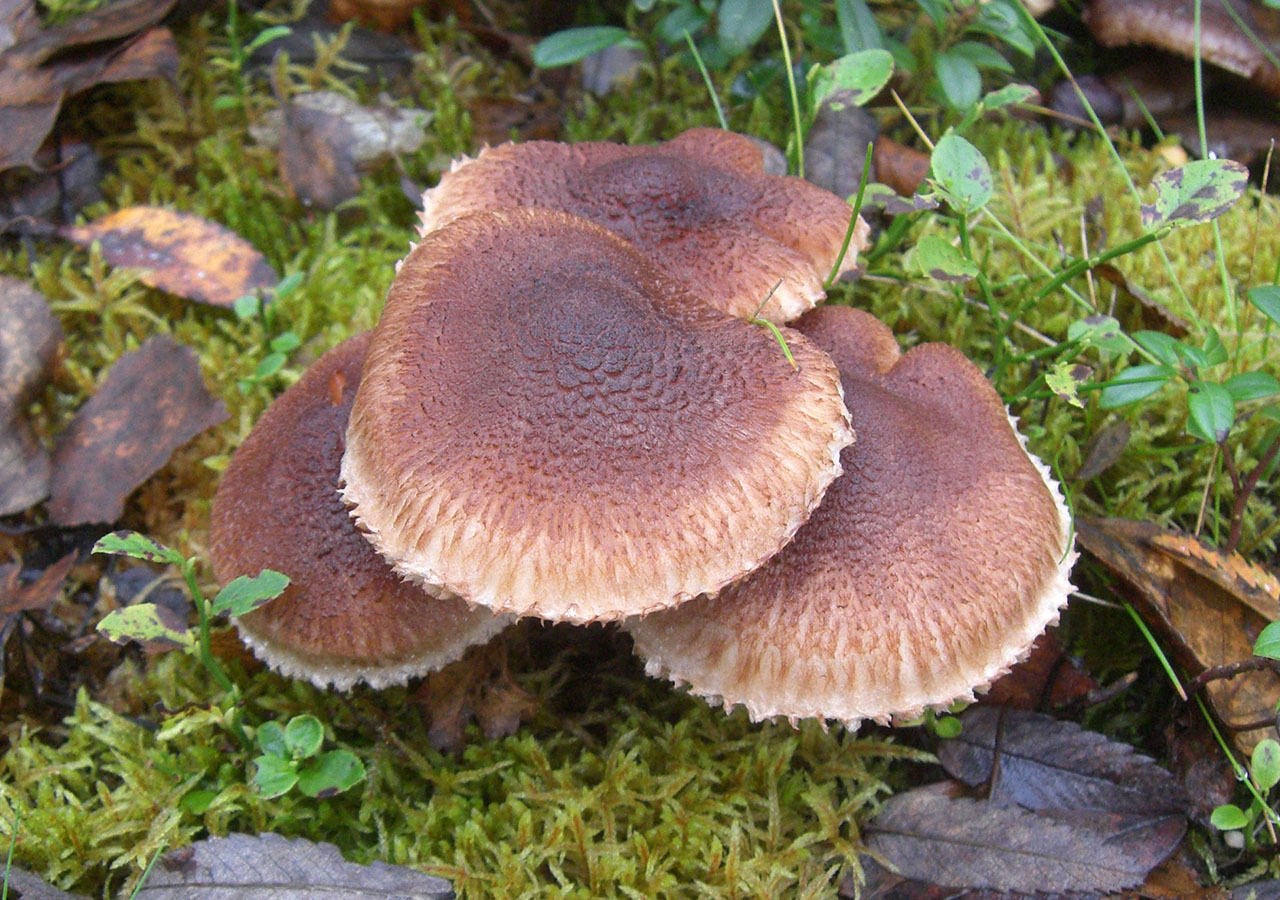
Cow cow - The earthy-gray ranovik resembles an edible gray and poisonous pointed row. The pointed one is distinguished by the shape of the hat, which resembles a bell, and a striped edge. The poisonous double of this fungus is also a pale toadstool, but the earthy-gray row does not have a characteristic ring.
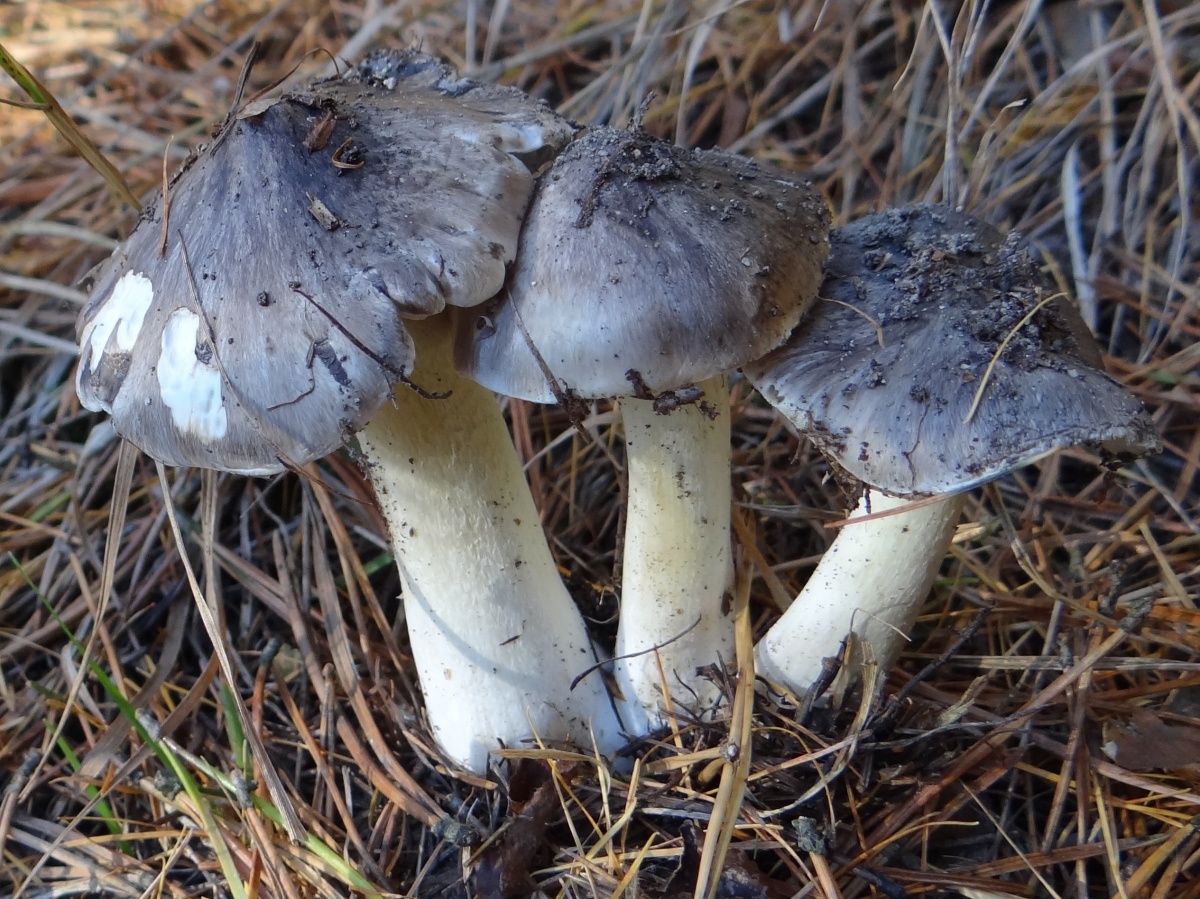
Pointing is pointed - Purple fruits are easy to distinguish from poisonous purple cobwebs, if you look closely at the plates. At the cobweb, they are shrouded in a cobweb veil.
Useful properties and restrictions for use
By its useful properties, rowing is a unique product. They counteract viruses, bacteria, have antioxidant properties. Normalize pressure, blood sugar, strengthen blood vessels, restore liver cells. They have anti-cancer properties. An extract is prepared from mycelium for the treatment of oncogenesis of various locations.
Ryadovka contains 9 minerals, 18 types of amino acids, vitamins, a whole set of biologically active substances and natural antibiotics - clitocin and fomecin.
Despite these extensive medicinal properties, excessive consumption of the fungus can cause gastrointestinal upset, pain and increased gas formation. Raw consumption is dangerous due to the ability of the fungus to accumulate heavy metals and pollution.
It is important to remember that children under the age of seven are not allowed to eat mushrooms.Adolescents and people with any chronic illnesses or allergies should also take this product in doses.
Symptoms of poisoning and first aid
The main cause of poisoning is the inability to recognize edible and false mushrooms. Therefore, if you are not sure that the specimen was correctly identified, it is better to leave it in the forest. Also, the cause of intoxication may be the use of raw mushrooms, improper handling and preparation.

Signs of poisoning appear within 1.5-2 hours after consumption. It can be nausea, vomiting, chills, slowing of the pulse, fever, diarrhea and stomach cramps.
At the first signs of poisoning, it is urgent to take sorbents, perform gastric lavage and consult a doctor. It is advisable to maintain bed rest, drink plenty of cold liquid.
Recipes and cooking features
The first and most important step in the preparation of any mushroom is proper processing. It is advisable to sort out all fruiting bodies as soon as they returned from the forest.
All damaged, wormy places, as well as the remains of the mycelium should be cut off. If the fruiting bodies are heavily contaminated, then they are washed with water, if not, then they are simply cleaned of the remnants of needles, leaves and grass. The peel from the hat is removed necessarily.
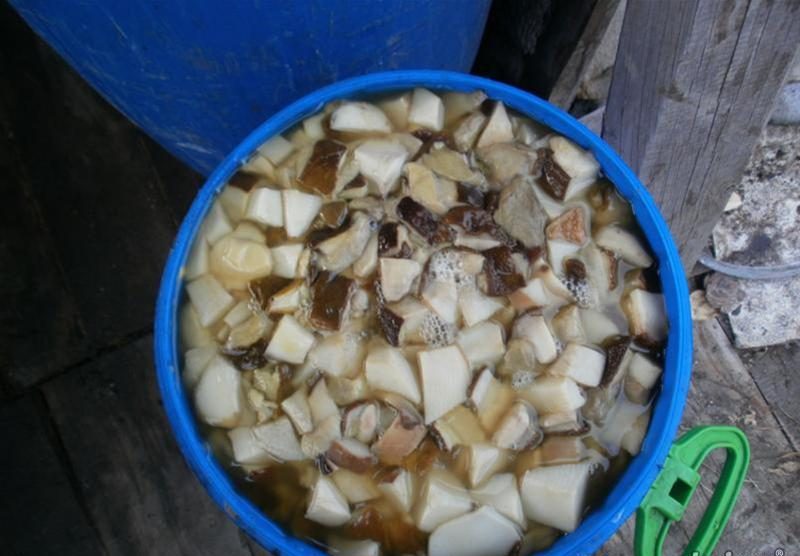
The next step is soaking for up to 8 hours. Only in this way can sand be removed from the plates. It is advisable to change the water at least once while soaking. Mushrooms should be removed with a slotted spoon so as not to pick up settled sand from the bottom.
Next, boil the forest gifts. To do this, rowing is placed in boiling water for 15 minutes. Vinegar is added to the water in the amount of 1 tablespoon for every liter of water. The first water is drained, and fresh is poured with the addition of the same amount of vinegar. It is brought to a boil and boiled for another 15 minutes. Then add the onion and cook for another 10 minutes.
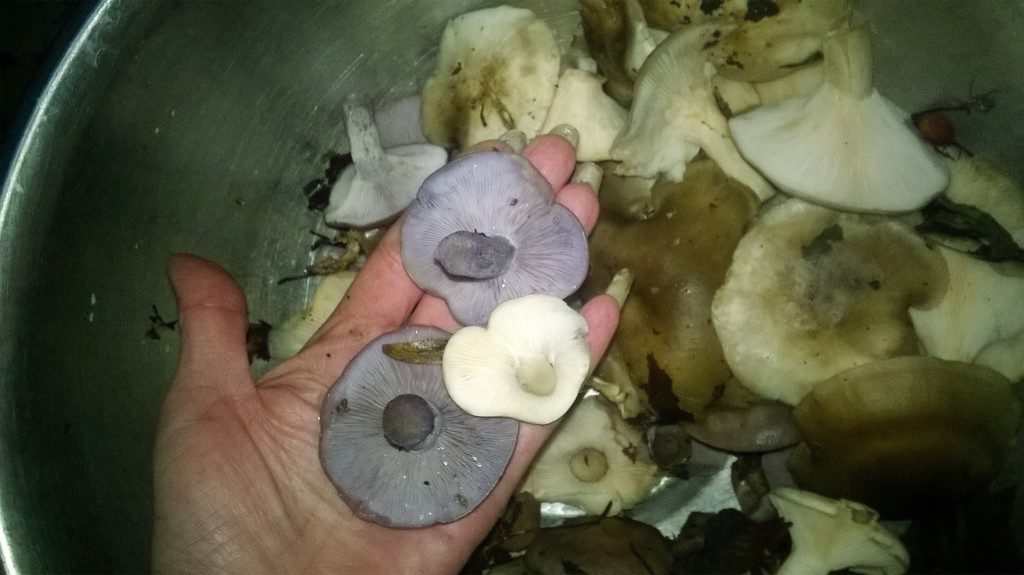
We drain the liquid, rinse with cold running water and let drain on a sieve. Now the mushrooms are ready to cook. With them, you can make preparations for the winter or use in other recipes.
We offer you to prepare a delicious paste from purple rows:
- For 1 kg of mushrooms we take 300 g of onion, cut it in half rings and fry until golden.
- Add the processed rowings to the onion and fry together for about 20-30 minutes.
- Spices are added to taste.
- It goes well with pepper and dry garlic.
- The finished dish is sent to a blender, where it is ground to a paste.
- You can leave the paste like this, or you can add cream cheese to it for a creamy taste.
Answers to Common Questions
Collection and preparation of rows causes a lot of questions:
In the summer and autumn months, rowan of all types are found in large quantities. In order not to deprive yourself of a delicious and healthy forest delicacy, it is important to be able to distinguish edible species from poisonous ones. And with proper processing, the prepared rowing can please the taste all winter.

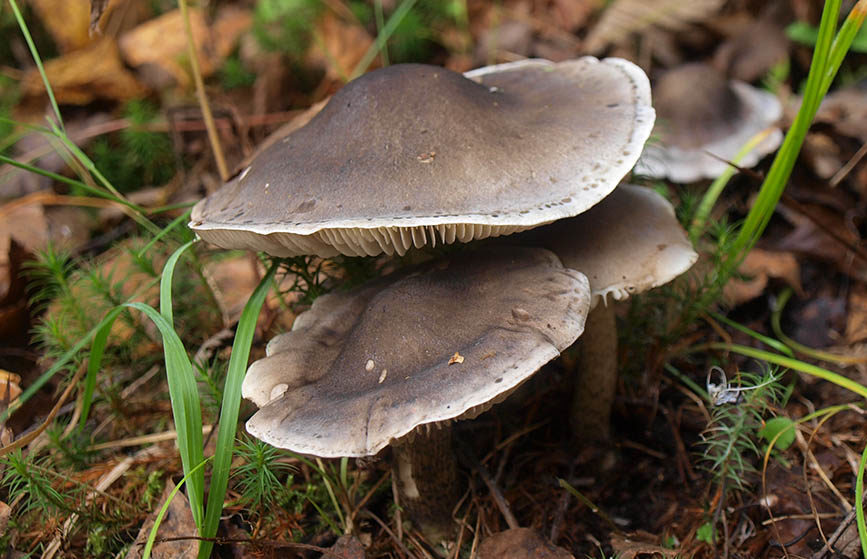
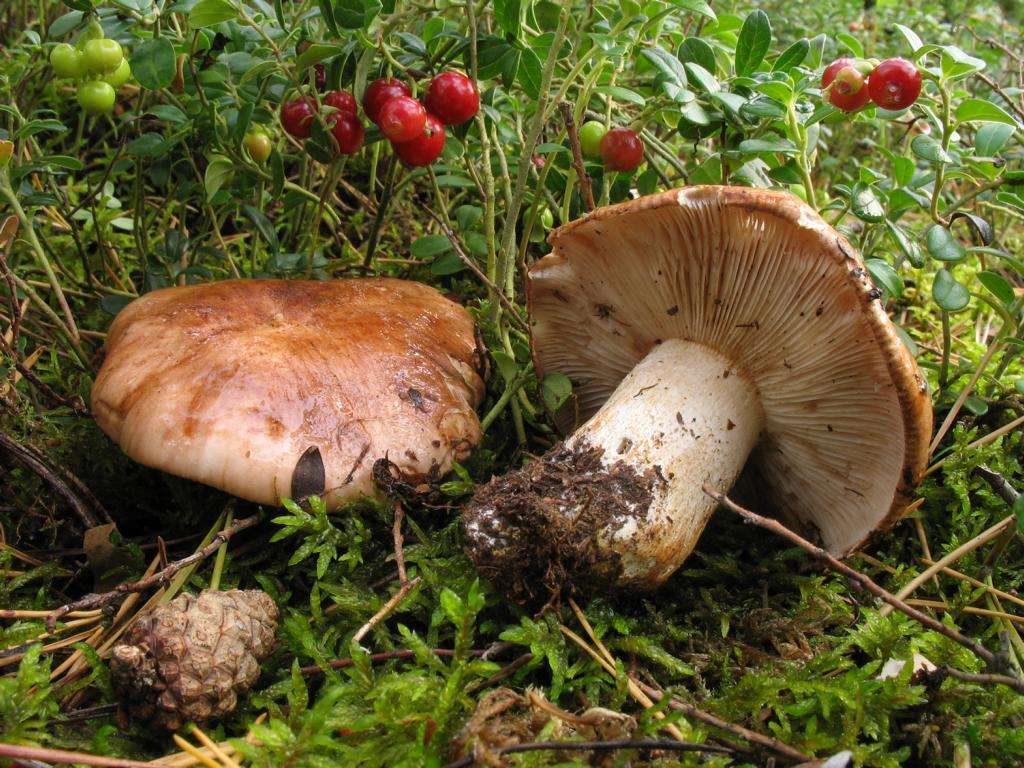
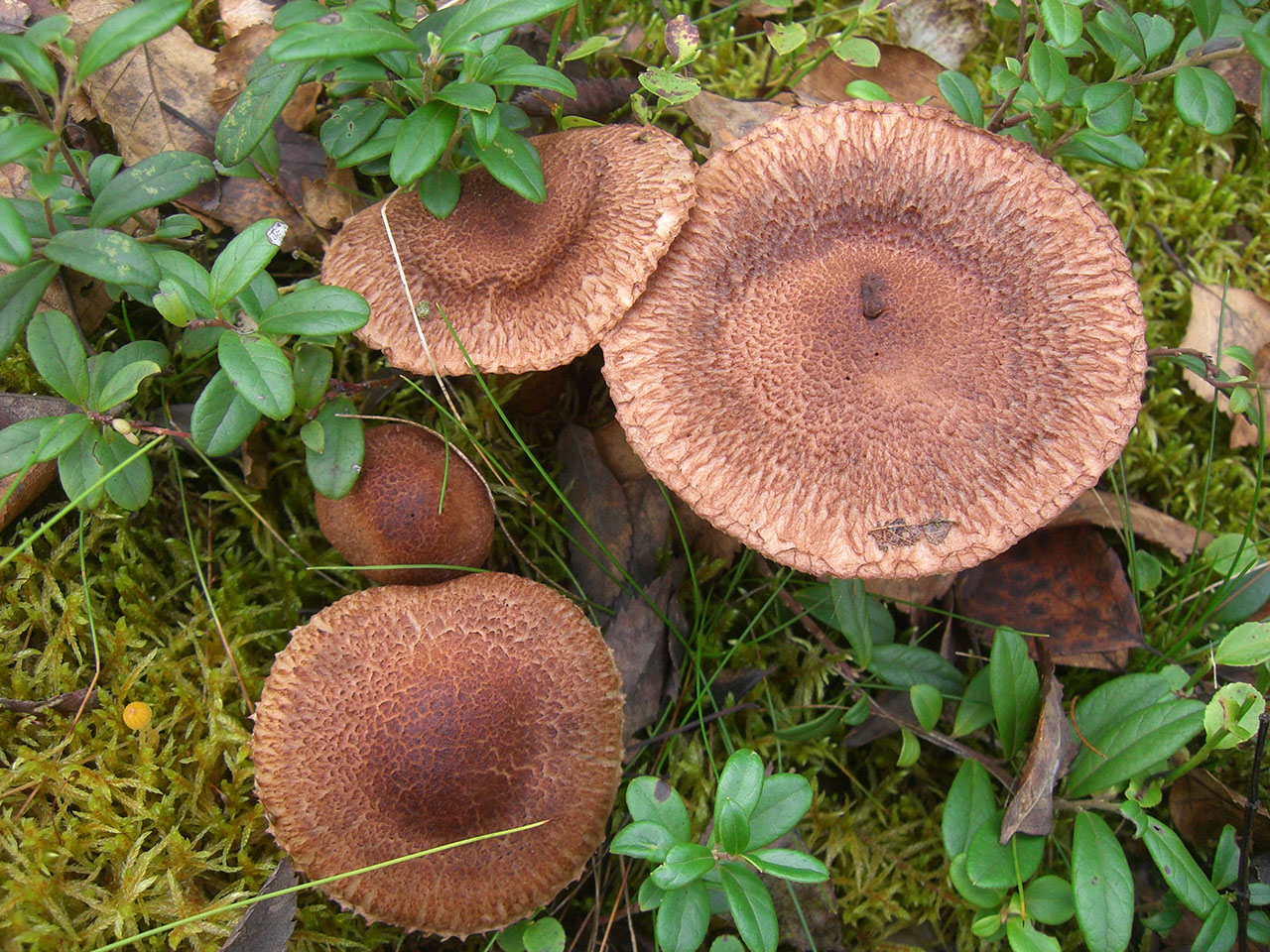
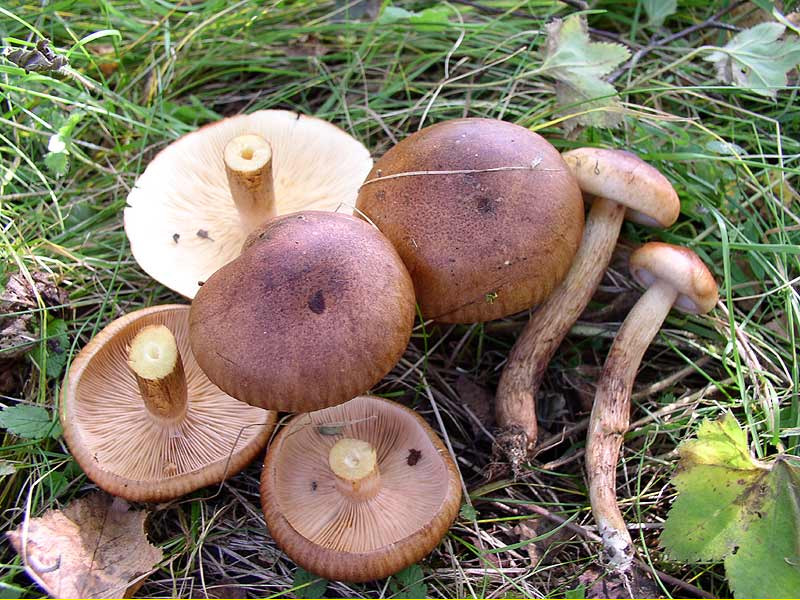
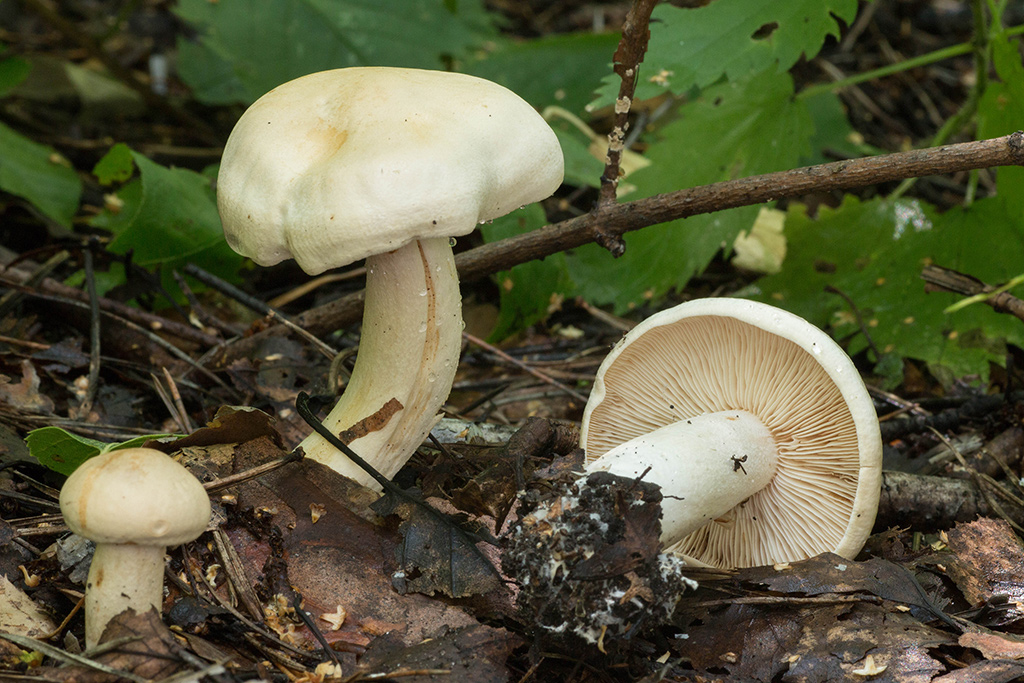
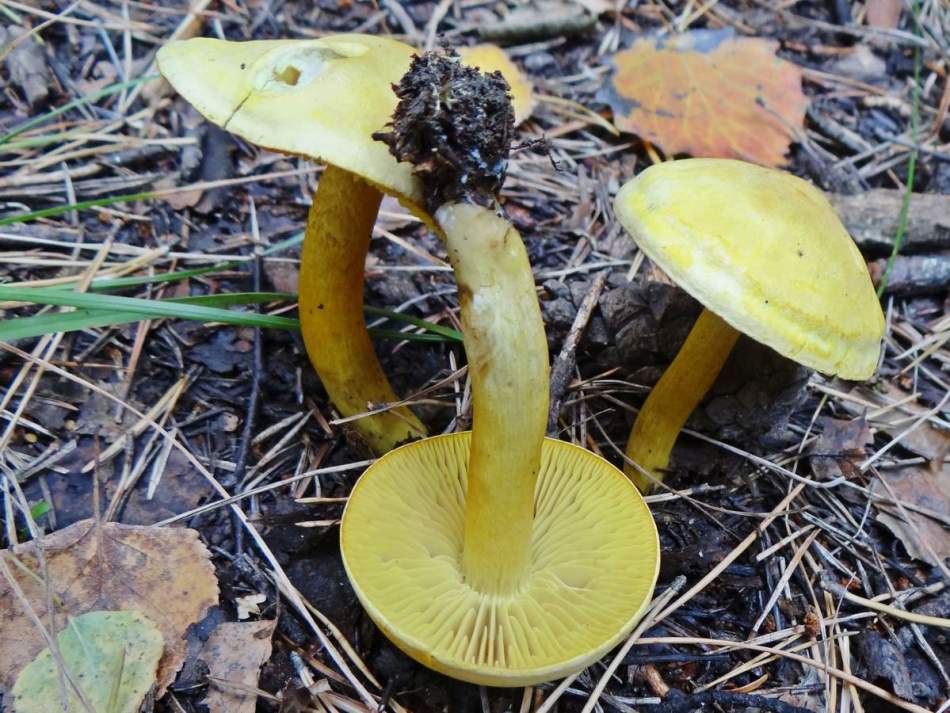
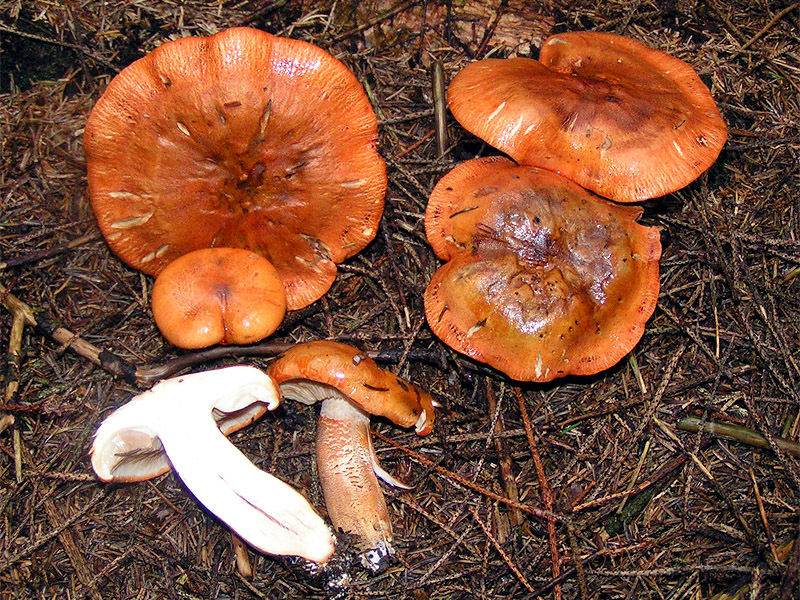
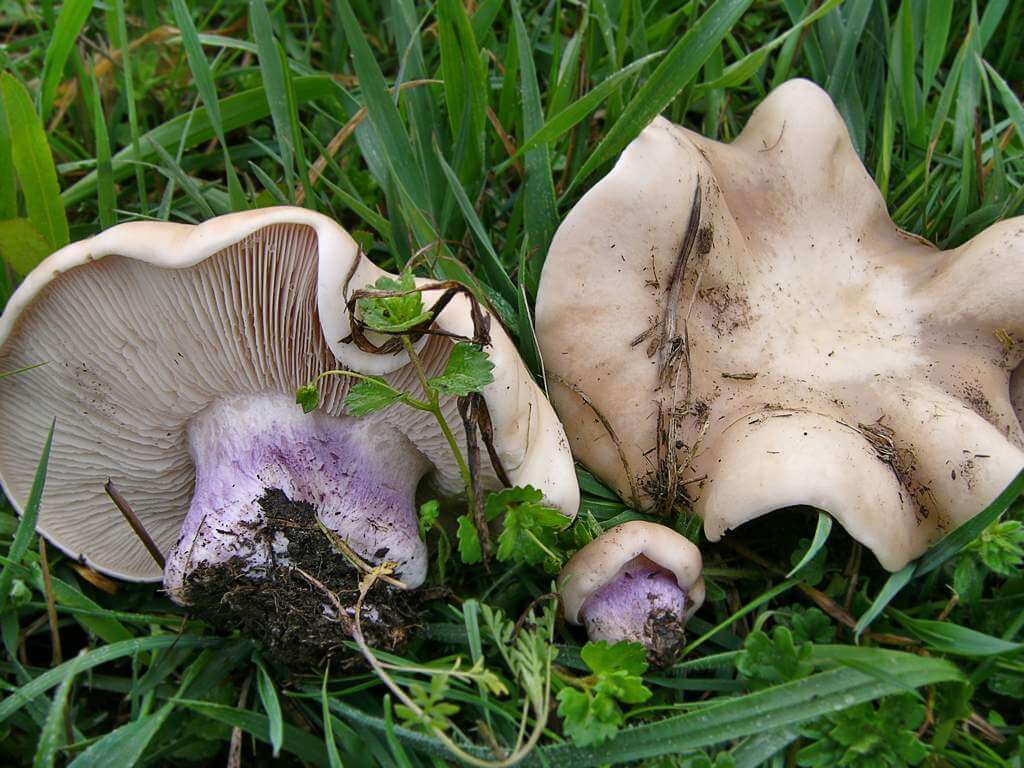
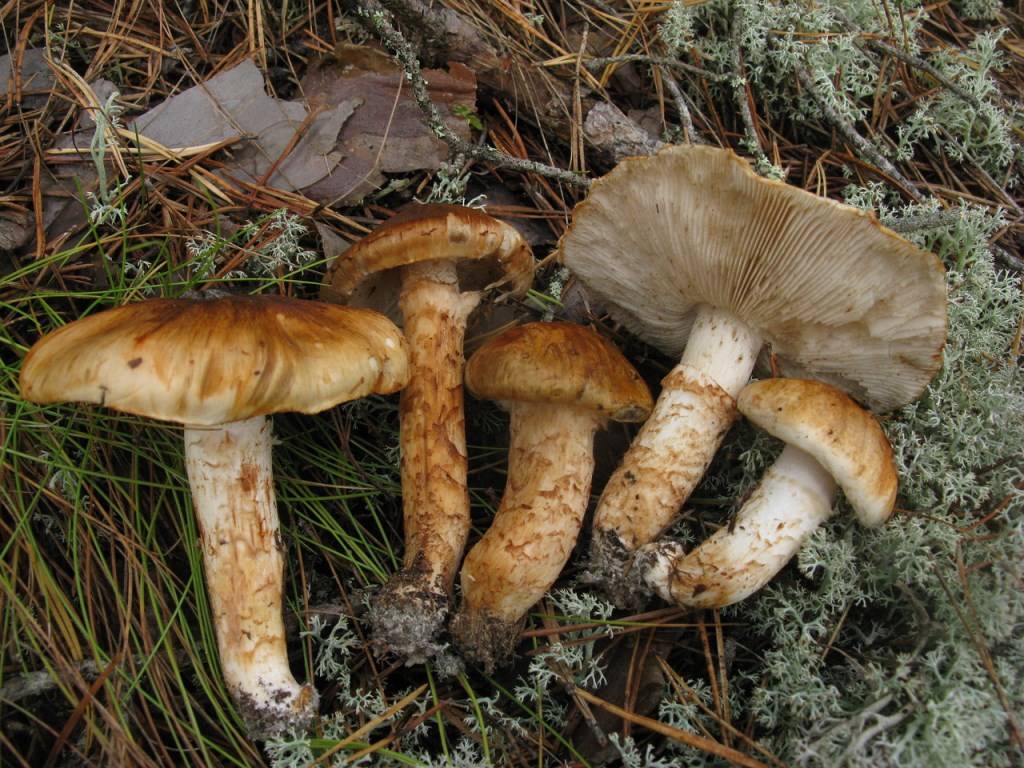
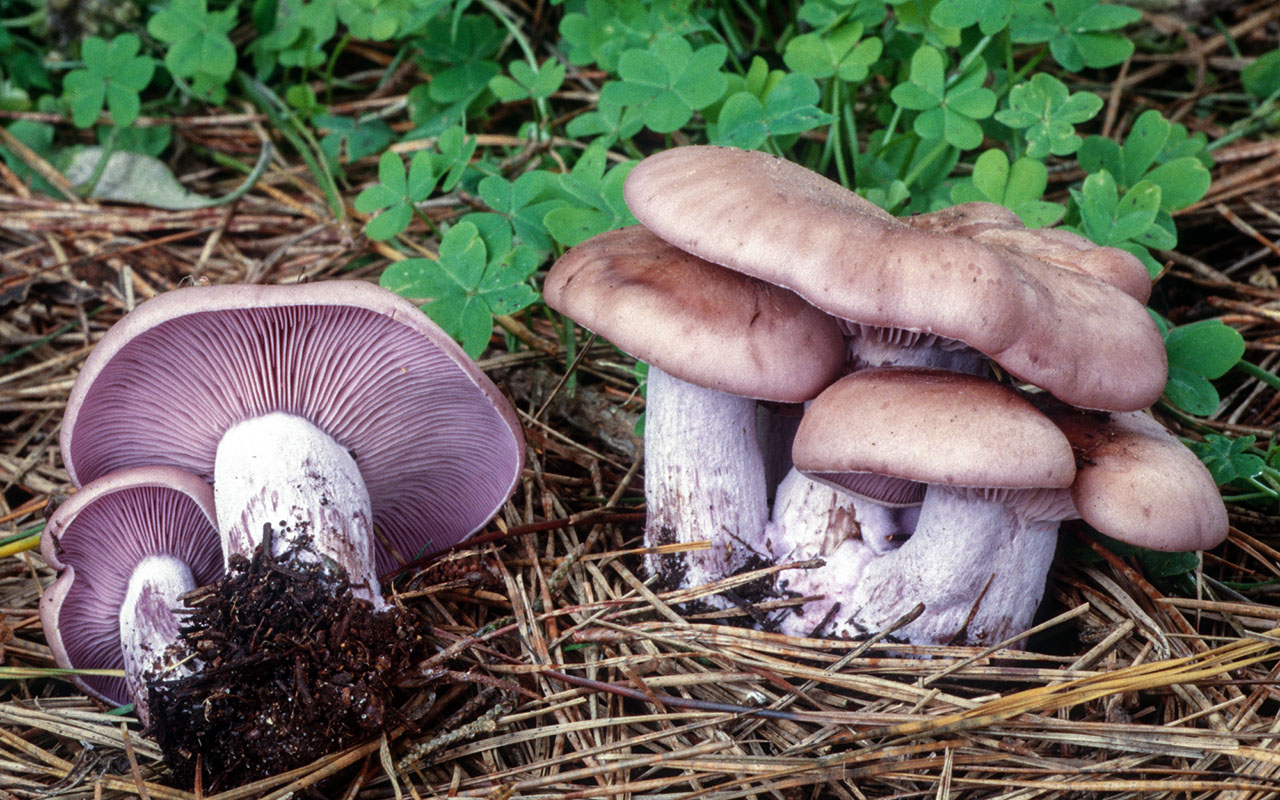
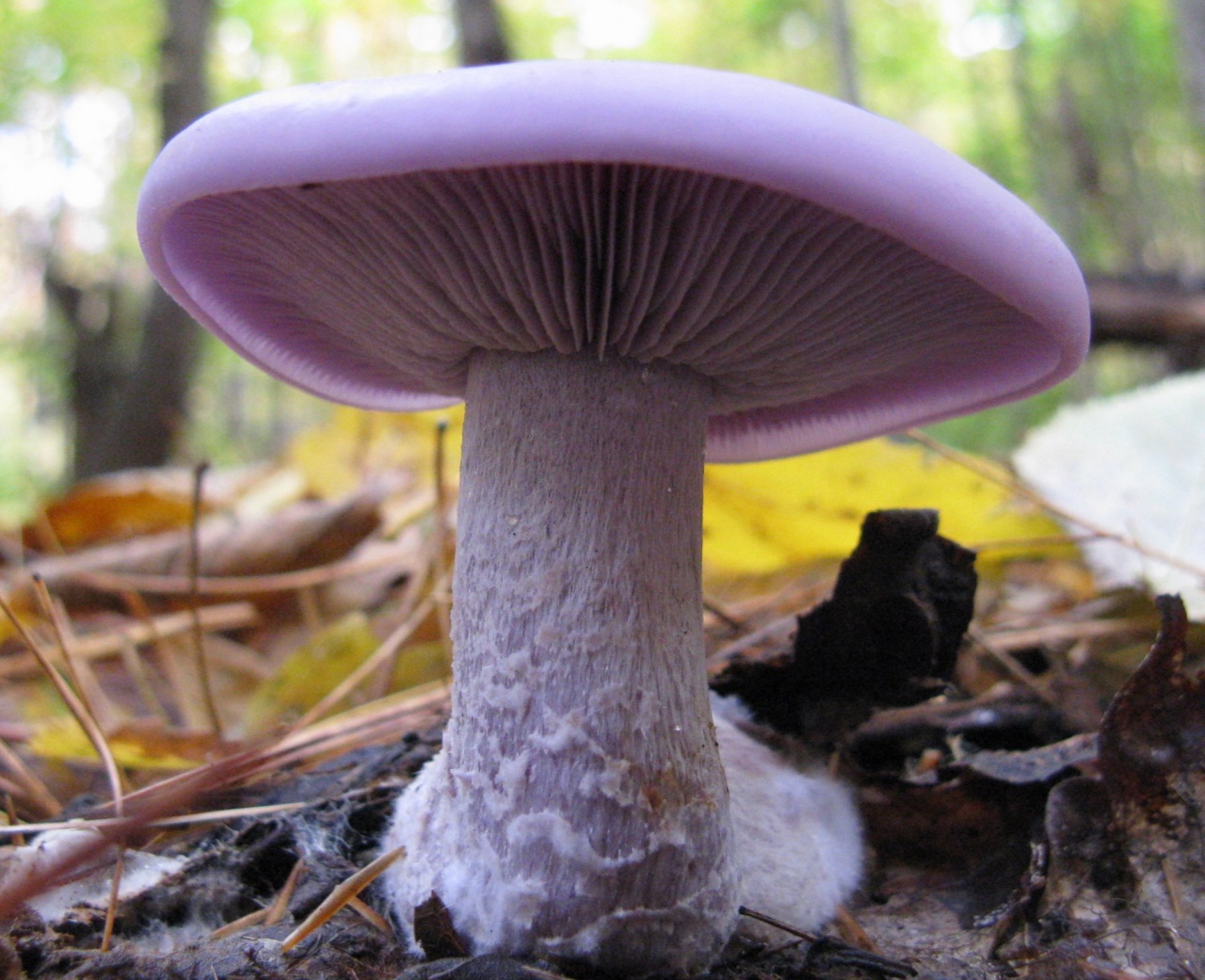
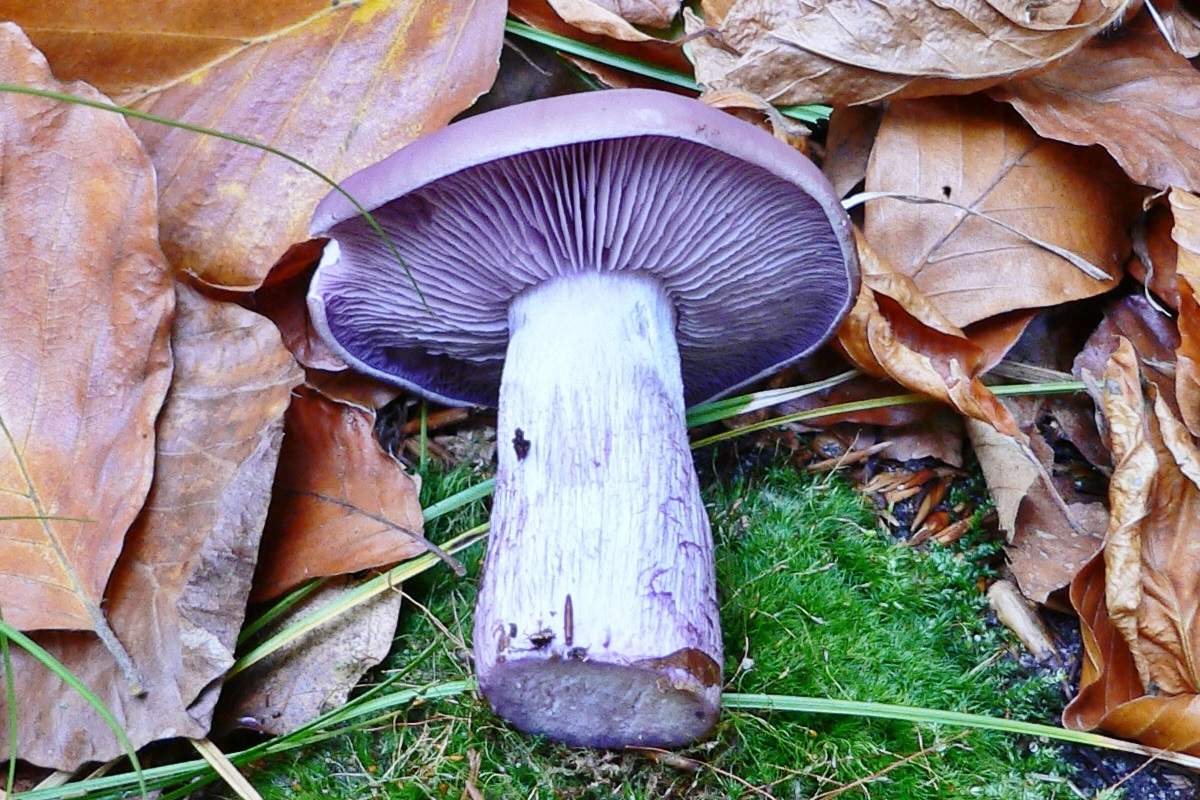
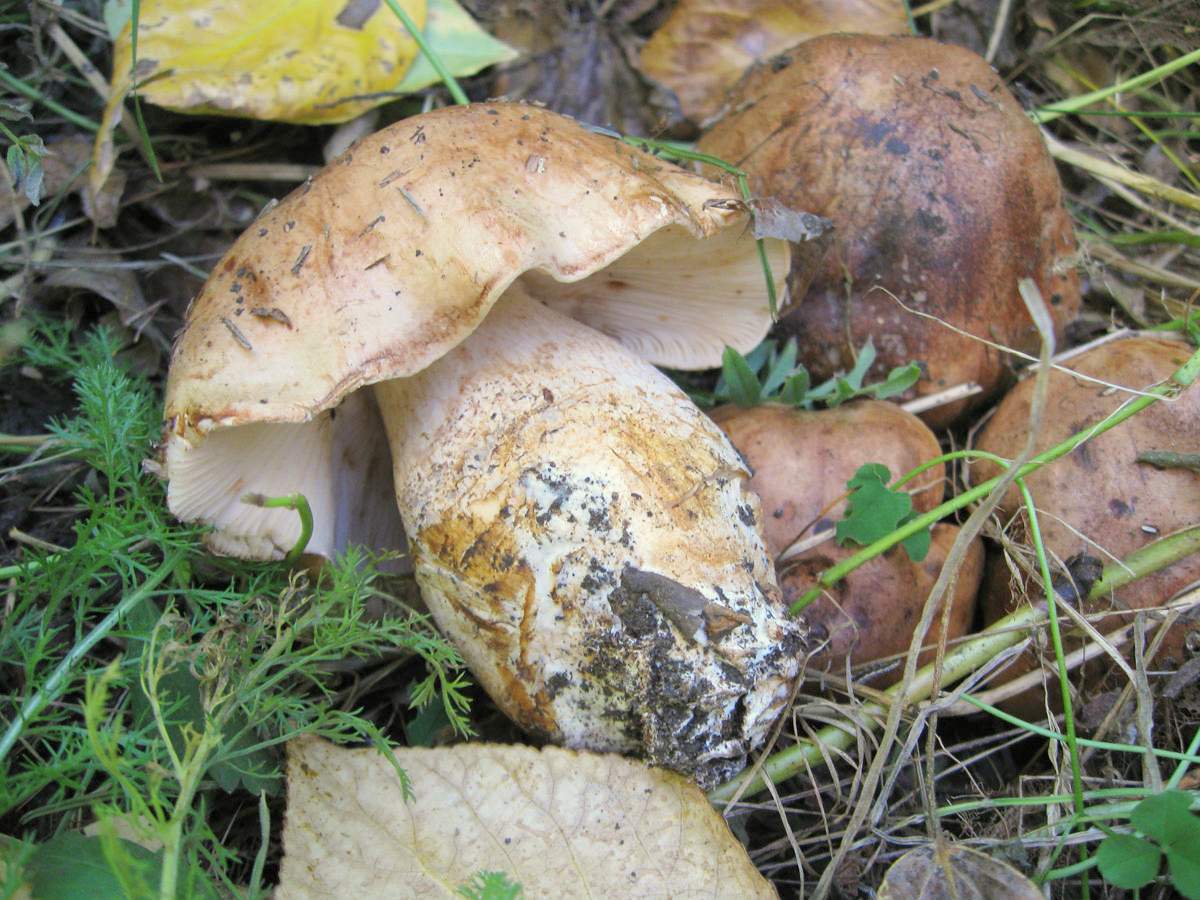
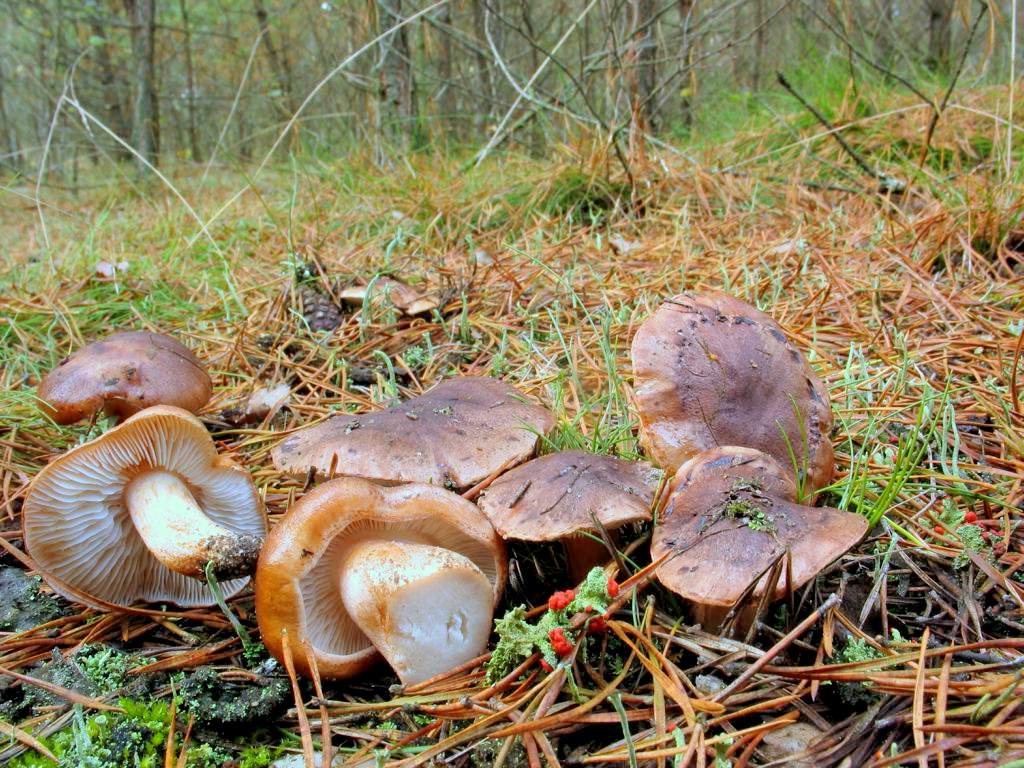
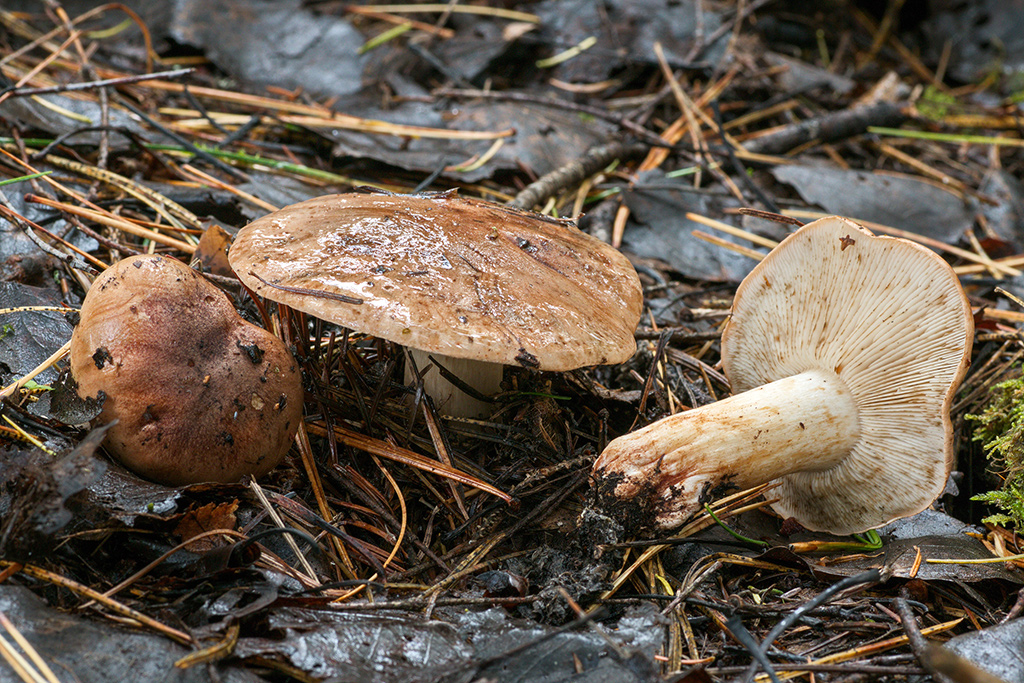
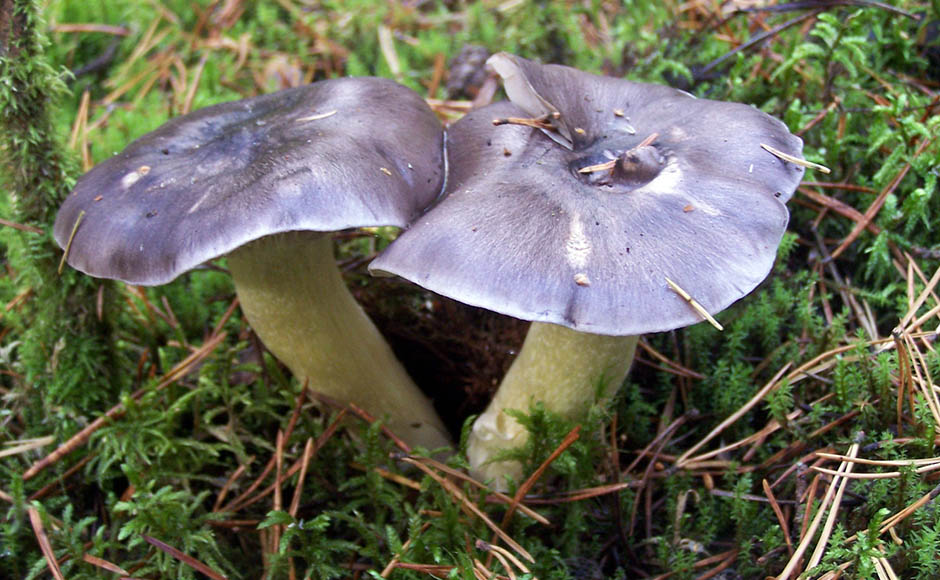
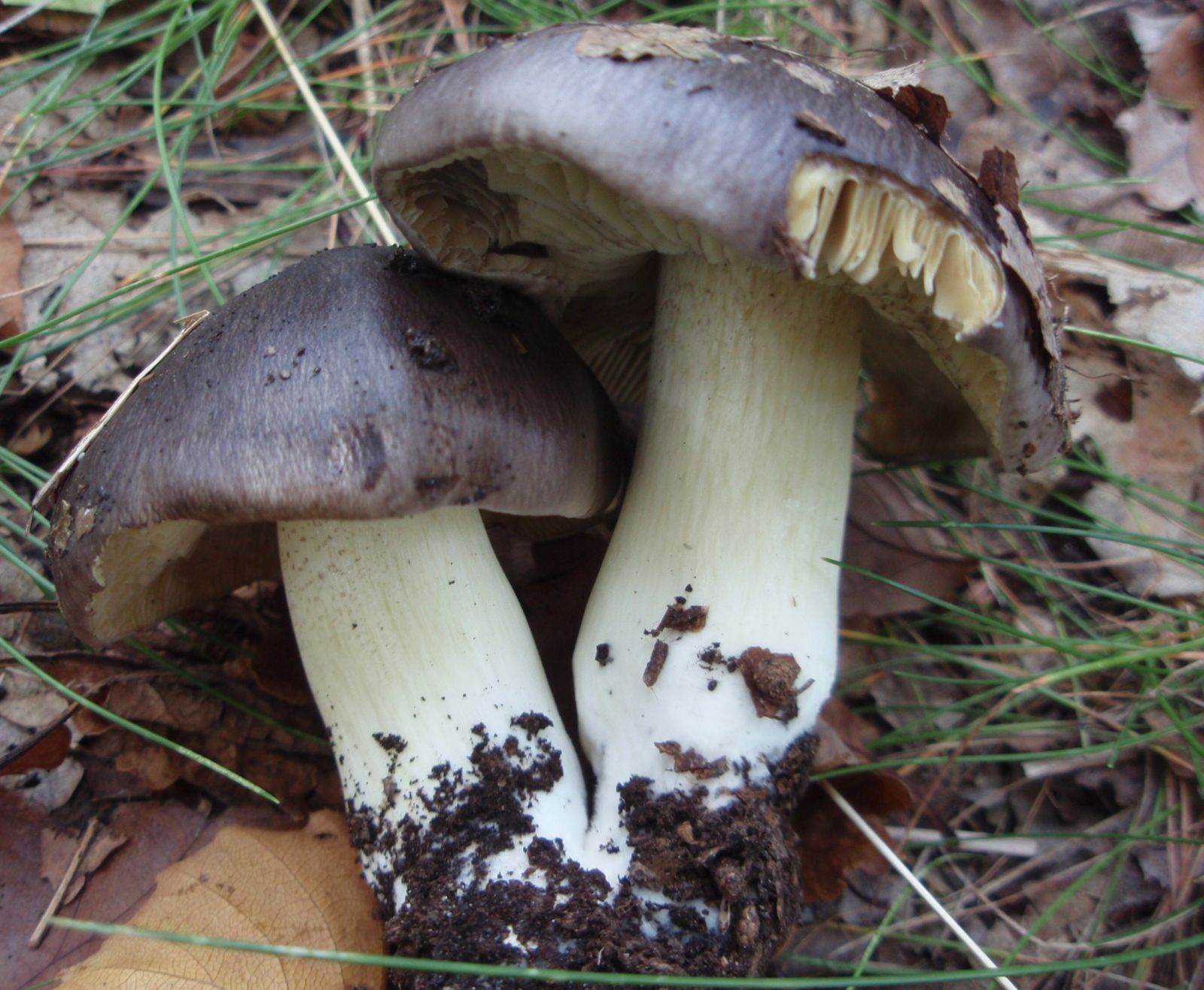
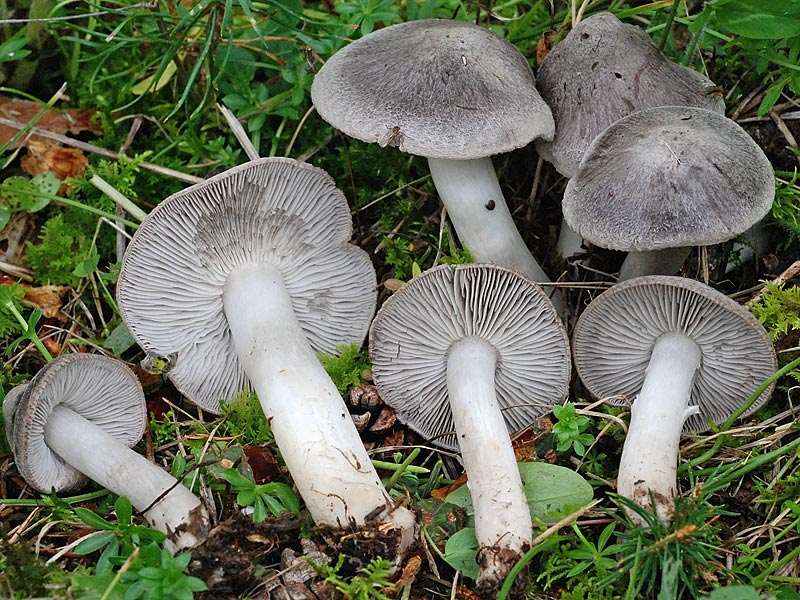
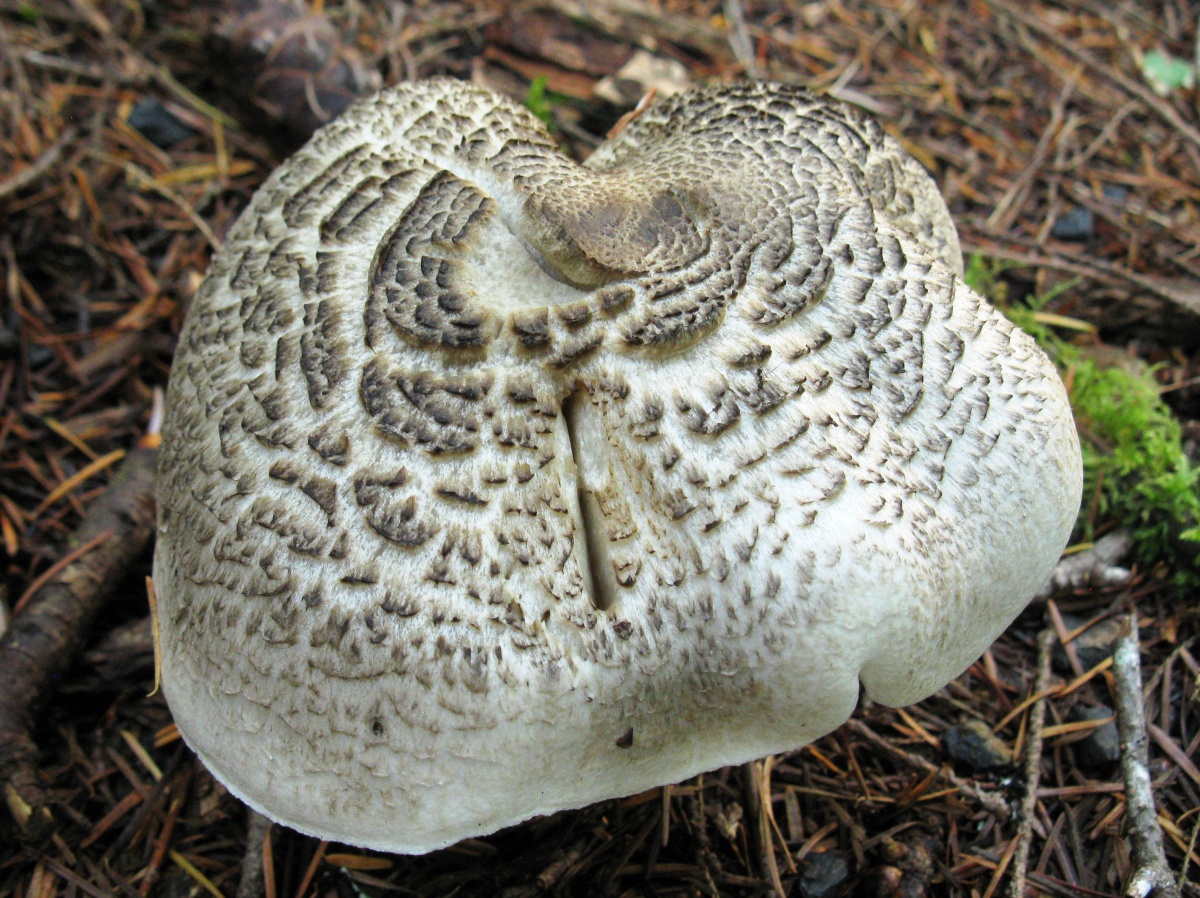
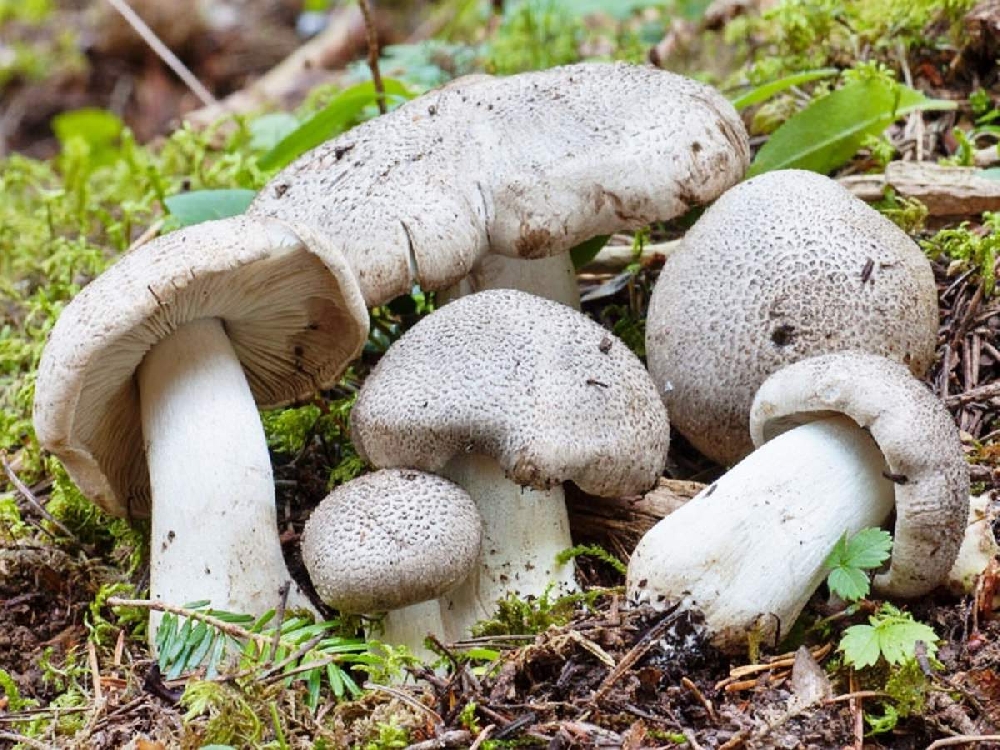
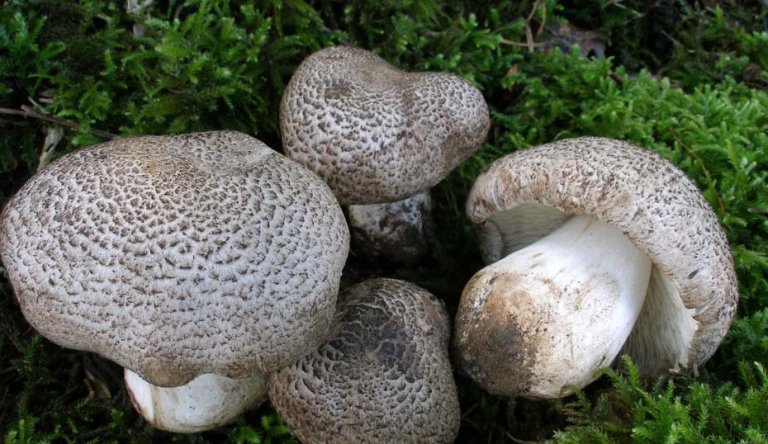

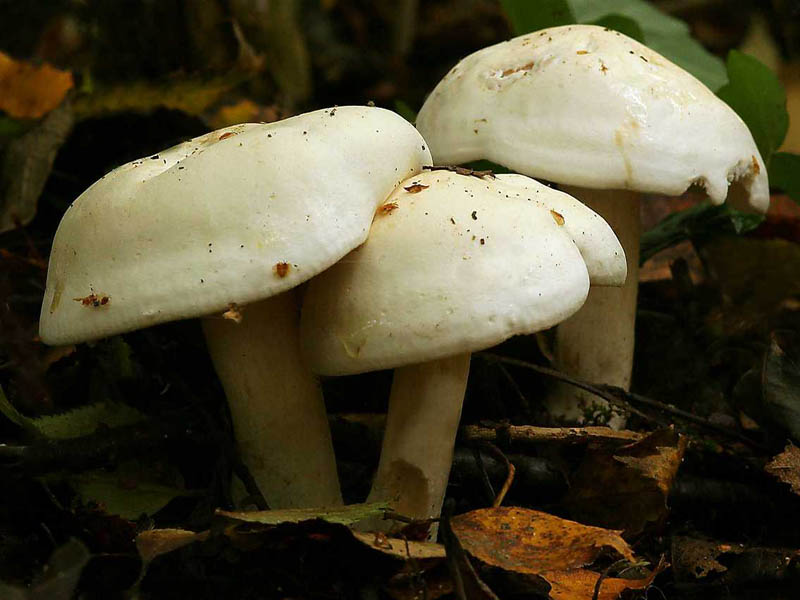
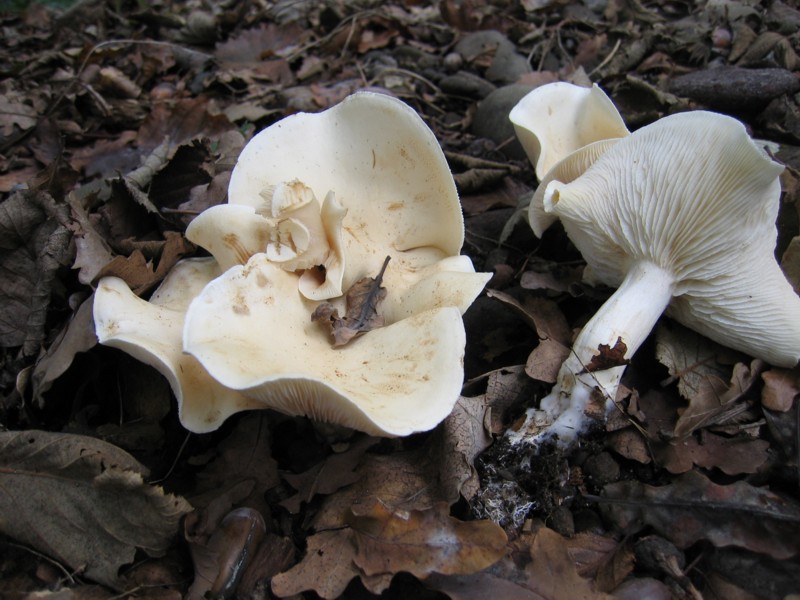
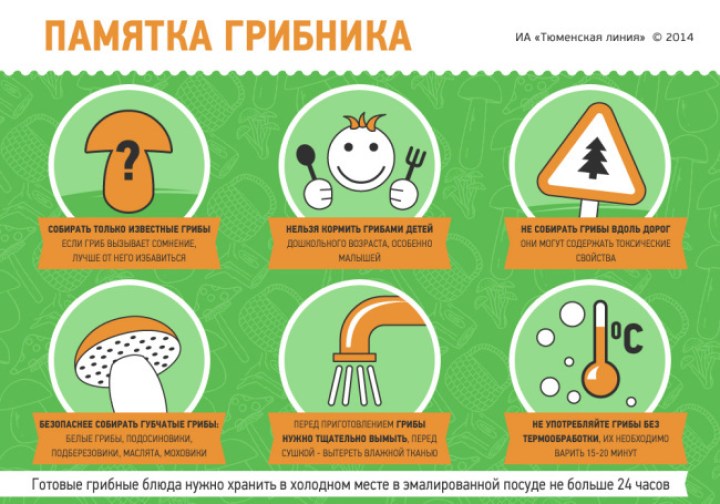



 Care and use of Kombucha at home (+22 photo)
Care and use of Kombucha at home (+22 photo) Edibility of the fungus of the motley umbrella and its description (+19 photo)
Edibility of the fungus of the motley umbrella and its description (+19 photo) Description of edible and inedible oils, their poisonous counterparts (+40 photos)
Description of edible and inedible oils, their poisonous counterparts (+40 photos) Useful properties of milk mushroom and its contraindications (+17 photos)
Useful properties of milk mushroom and its contraindications (+17 photos)